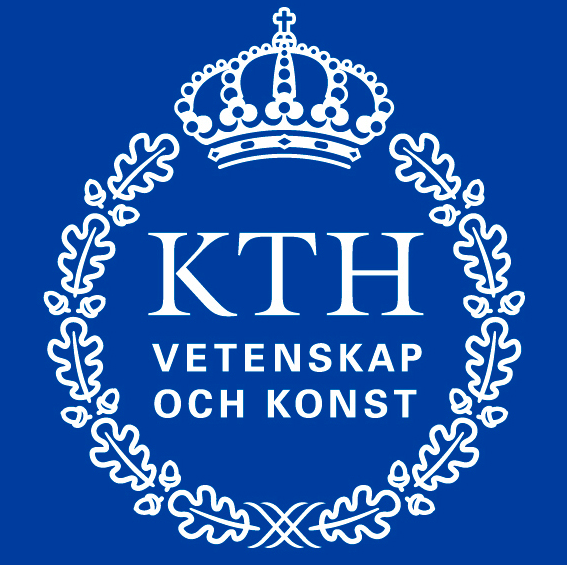Problem D
Continued Fraction

where $a_0, a_1, a_2, \dots $ are integers and $a_1, a_2, \dots > 0$. We call the $a_ i$-values partial quotients. For example, in the continued fraction representation of $5.4$, the partial quotients are $a_0 = 5, a_1 = 2, a_2 = 2$. This representation of a real number has several applications in theory and practice. If $r$ is a rational number, the partial quotients are eventually all zero, so we only need to consider a finite number of partial quotients.
Given two rational numbers in continued fraction representation, your task is to perform the four elementary arithmetic operations on these numbers and display the results in continued fraction representation.
Input
The input consists of a single test case. The test case consists of three lines. The first line contains two integers $n_1$ and $n_2$, where $1 \le n_ i \le 9$ is the number of partial quotients of rational number $r_ i$ for $1 \le i \le 2$. The second line contains the partial quotients of $r_1$ and the third line contains the partial quotients of $r_2$. The absolute values of the quotients are not more than 10 and you may assume that $r_1 > r_2 > 0$.
Output
Display the partial quotients of the continued fraction representations of $r_1+r_2$, $r_1-r_2$, $r_1 \times r_2$, and $r_1 / r_2$, in order, each in a line. Consecutive partial quotients on each line are separated by a single space. Do not print any trailing zero partial quotients.
| Sample Input 1 | Sample Output 1 |
|---|---|
4 3 5 1 1 2 5 2 2 |
11 0 5 30 4 6 1 27 |

